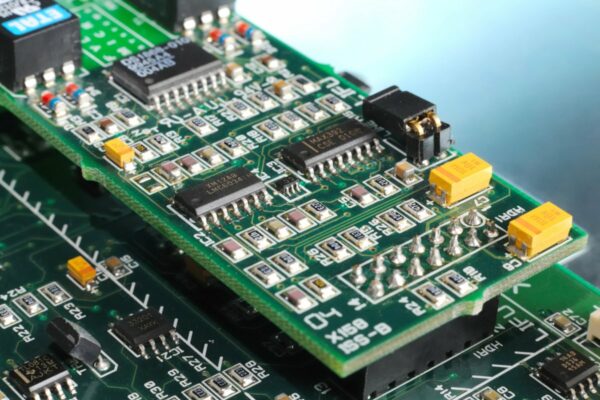What is End-to-end design
End-to-end design refers to the comprehensive process of creating a product or system from start to finish, encompassing all stages and aspects of the design lifecycle. In the context of the PCB industry, end-to-end design involves the integration of various disciplines, such as electrical, mechanical, and manufacturing analysis, into the design tool. This integration allows designers to leverage these analyses and find innovative solutions to complex product design challenges.
The initial step in end-to-end design is the creation of a PCB layout using specialized software like Altium Designer, Autodesk EAGLE, KiCad EDA, or OrCAD. This software enables designers to develop a detailed schematic representation of the PCB, including copper tracking layers, drill drawings, and component notation. The output of this design process is typically a Gerber file, which encodes all the necessary information for the manufacturing of the PCB.
By adopting an end-to-end design approach, designers can streamline the entire design process, ensuring that all aspects of the product or system are considered and optimized. This holistic approach allows for better collaboration between different teams and disciplines, leading to improved product performance, manufacturability, and overall design quality.





